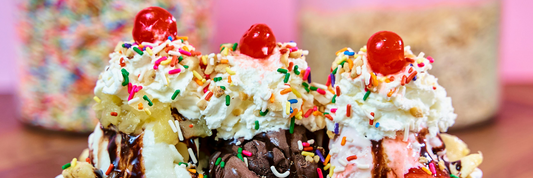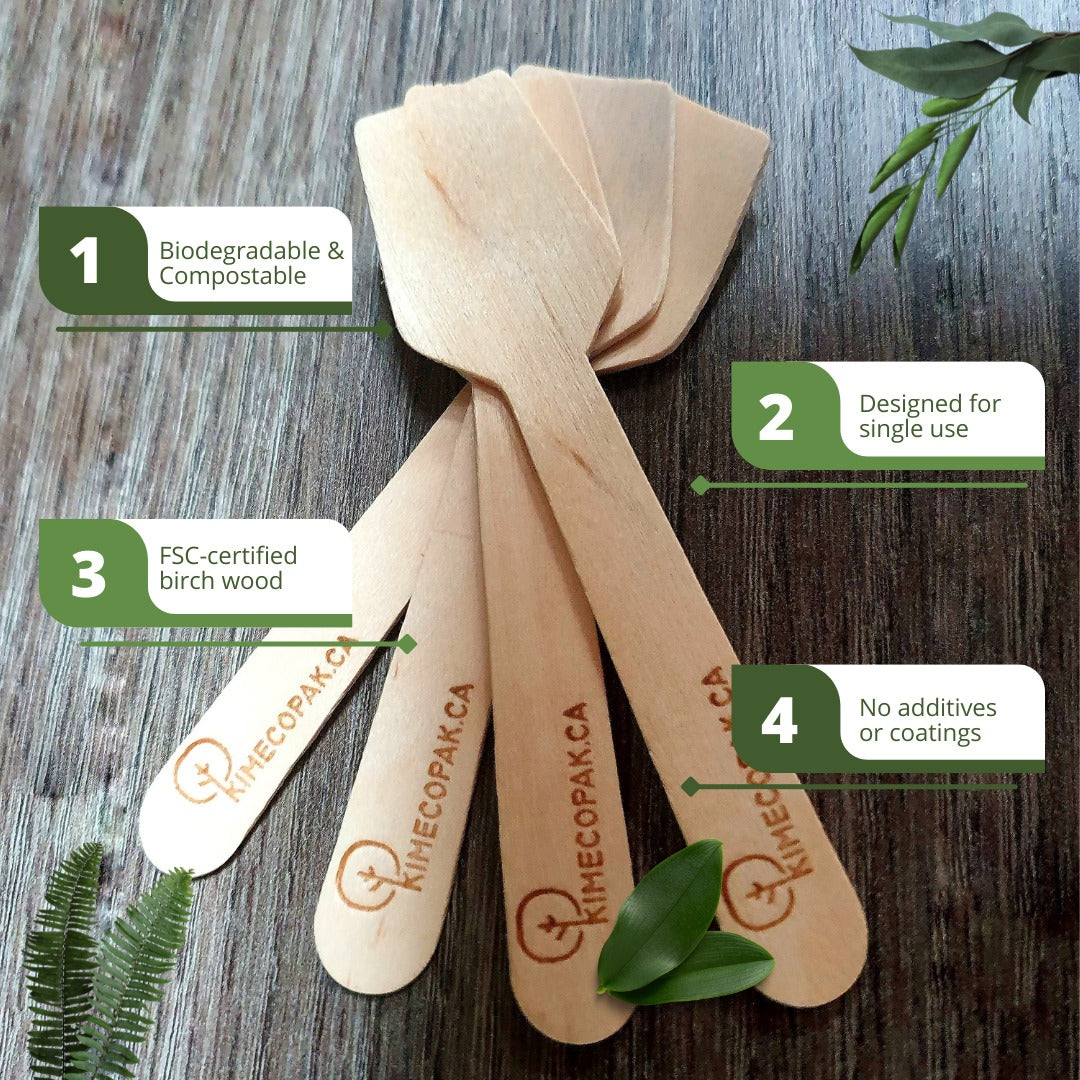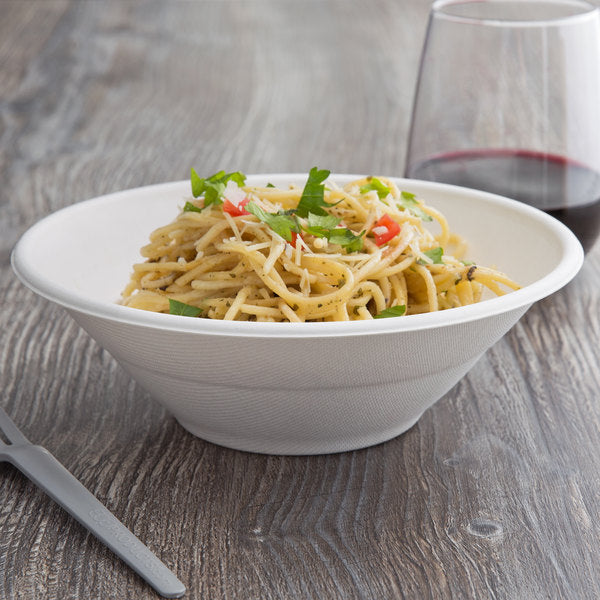Beer is a beloved beverage enjoyed by people around the world. But with so many different types of beer available, it can be overwhelming to navigate the vast world of beer. This article will explore the various ways to classify beer, including production methods, flavor profiles, colors, and origin. We'll delve deeper into the production-based method, which is the most common and widely used classification system globally.
- Guide to Purchase the Best Drink Carrier for Your Business
- What Are Well Drinks? Why Well Drinks Perfect For Happy Hour Menu?
- Top 12 Most Famous Cocktails in The World
- How Long Does Alcohol Expire? A Guide to the Shelf Life of Liquor
The Diverse World of Beer Classification
Beer can be classified based on a multitude of factors, including flavor, color, origin, and production method. Let's delve into each of these categories.
Types of Beer by Flavors
Beer flavors are complex and multifaceted, influenced by a variety of factors including malt, hops, yeast, and additional ingredients. Here are common types of beers categorized by taste:
- Hoppy: Characterized by bitter, citrusy, or piney notes, often associated with India Pale Ales (IPAs).
- Malty: Featuring sweet, caramel, or toasty undertones, prevalent in stouts, porters, and brown ales.
- Fruity: Exhibiting flavors of various fruits, commonly found in wheat beers, Belgian ales, and certain IPAs.
- Sweet: Predominantly sweet taste derived from malts or added sugars, typical of barleywine or dessert beers.
- Sour: Tangy and acidic profile, characteristic of sour beers like Berliner Weisse and Gose.
- Balanced: Harmonious blend of sweet, bitter, and other flavors, often found in lagers and pale ales.

Types of Beer by Color
Beer color is determined by the type of malt used in the brewing process. Common color categories are:
- Light: Pale ales, pilsners, and lagers.
- Amber: Amber ales, red ales, and Vienna lagers.
- Dark: Brown ales, porters, and stouts.
- Black: Imperial stouts, schwarzbier.
Type of Beer by Geographic Origin
Beer color is determined by the type of malt used in the brewing process. Common color categories are:
- Light: Pale ales, pilsners, and lagers.
- Amber: Amber ales, red ales, and Vienna lagers.
- Dark: Brown ales, porters, and stouts.
- Black: Imperial stouts, schwarzbier.
Types of Beer by Production Method
Classifying beer by production method is the most common approach as it directly influences the flavor, alcohol content, and other characteristics of the beer. Beer production primarily focuses on two key factors: the type of yeast used in fermentation and the temperature at which fermentation occurs. Based on these factors, beers are generally categorized into three main types
- Ales: Top-fermented beers known for their complex flavors and often fruity or hoppy characteristics.
- Lagers: Bottom-fermented beers typically characterized by a clean, crisp taste.
- Hybrids: Beers that combine elements of both ales and lagers.
In the following section, we will delve deeper into this classification system and explore the unique characteristics of each beer type
Classification of Type of Beers by Production Methods
As mentioned above, production method impact directly to flavors, color and other characteristics of beers. In this section, we will delve into 3 styles of beer classified by production methods and their features.
Ales
Production Process: Ales are produced through top-fermentation, employing yeast strains that thrive in warmer temperatures (around 15-25°C or 59-77°F). These yeast strains are characterized by their ability to flocculate (clump together) rapidly, rising to the top of the fermentation vessel.
Characteristics: Ales often exhibit complex flavors with fruity, floral, or malty notes. They can vary widely in color, from pale to dark, and alcohol content.

Common Beer Styles:
- Pale Ales: These beers exhibit a balance of malt and hop characteristics. English Pale Ales tend to be meltier, while American Pale Ales showcase more pronounced hop flavors. India Pale Ales (IPAs) are intensely hopped, offering a spectrum of bitter, citrusy, or tropical fruit aromas and flavors.
- Stouts: Dark and robust, stouts are known for their rich, roasted malt flavors. Dry Stouts are leaner with a coffee-like character, while Sweet Stouts are creamier with notes of chocolate and caramel. Imperial Stouts are exceptionally strong and complex.
- Porters: Similar to stouts but generally less robust, porters offer a balance of sweet and roasty flavors.
- Wheat Beers: Light and refreshing, wheat beers emphasize the flavor of wheat grains. Witbiers are Belgian wheat beers featuring citrus and spice notes, while Hefeweizen is a German style known for banana and clove-like characteristics.
Lagers – The Most Common Type of Beer
Production Process: Lagers are produced through bottom-fermentation, using yeast strains that prefer cooler temperatures (around 5-13°C or 41-55°F). These yeast strains tend to flocculate more slowly, settling at the bottom of the fermentation vessel. Lager brewing often includes a cold maturation period, known as lagering.
Characteristics: Lagers generally have clean, crisp flavors with a balanced maltiness and hop bitterness. They are often lighter in color and lower in alcohol content compared to ales.

Common Beer Styles:
- Pilsners: Known for their crisp, clean character and balanced hop bitterness, Pilsners are divided into Czech and German styles. Czech Pilsners are typically drier with pronounced hop aroma, while German Pilsners tend to be slightly maltier.
- Lagers: A broad category encompassing various styles, lagers are generally light-bodied and easy-drinking. American Lagers are often used as a base for other styles, while Malt Lagers offer a slightly sweeter profile.
- Bocks: Stronger and maltier than regular lagers, bocks are characterized by their sweet, caramel-like flavors. Doppelbocks are even stronger versions with richer character.
- Dunkel: Dark lagers with a roasted malt character, offering a balance of sweetness and bitterness.
Hybrids
Hybrid beers combine elements of both ale and lager brewing processes, creating unique and often experimental styles. The production methods vary widely within this category, making it difficult to generalize. However, many hybrid beers utilize ale yeast strains but ferment at cooler temperatures, similar to lagers.
Characteristics: Hybrid beers can exhibit a wide range of flavors, combining elements of both ales and lagers. Their appearance and alcohol content also vary significantly.

Common Beer Styles:
- Cream Ale: A light and refreshing beer with a clean, crisp flavor profile.
- California Common: A hybrid of ale and lager characteristics, often exhibiting a balanced maltiness and hop bitterness.
- Fruit Wheat Ale: A wheat beer infused with fruit flavors, such as raspberry or blueberry.
Conclusion
Depending on the classification criteria, there are numerous types of beer. Given the diversity of beer and other beverages, this article serves as a basic guide for restaurant owners, bar owners, and beer sellers to better understand their products and facilitate smoother business operations.







